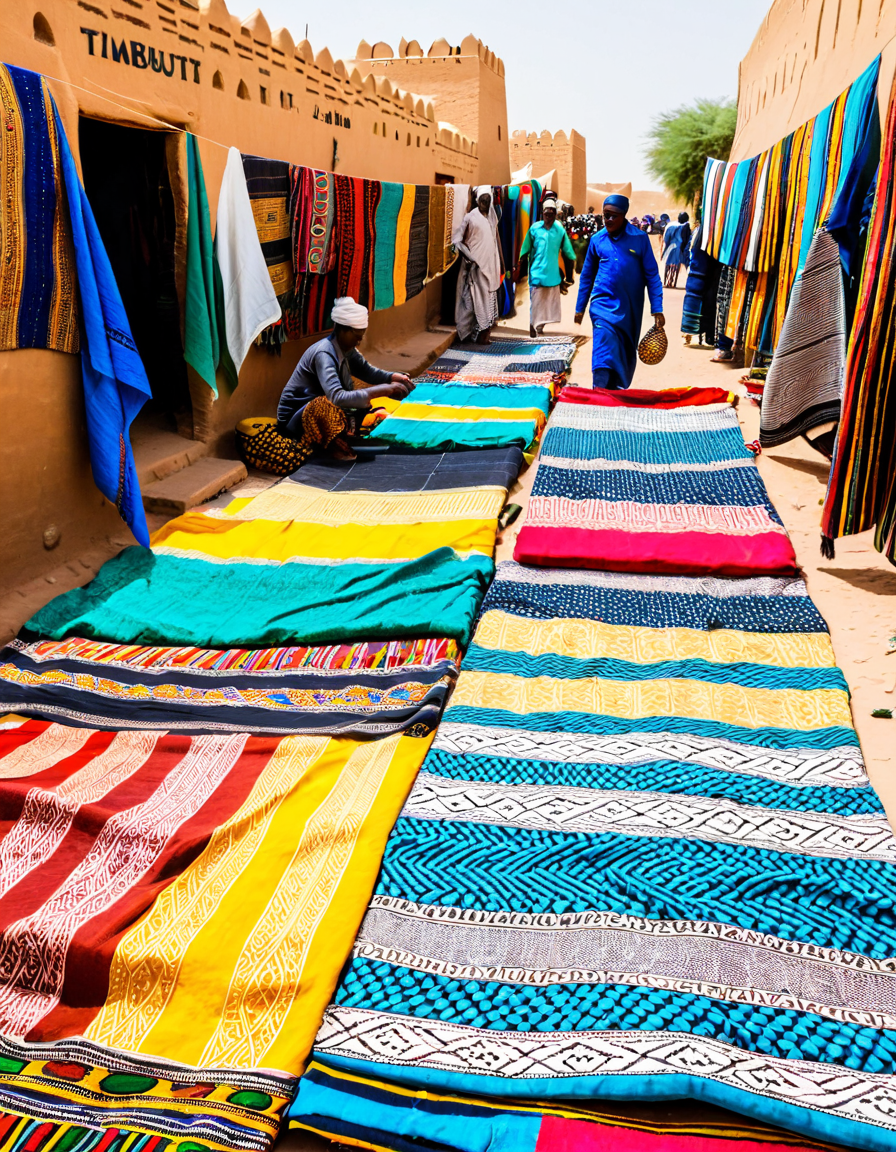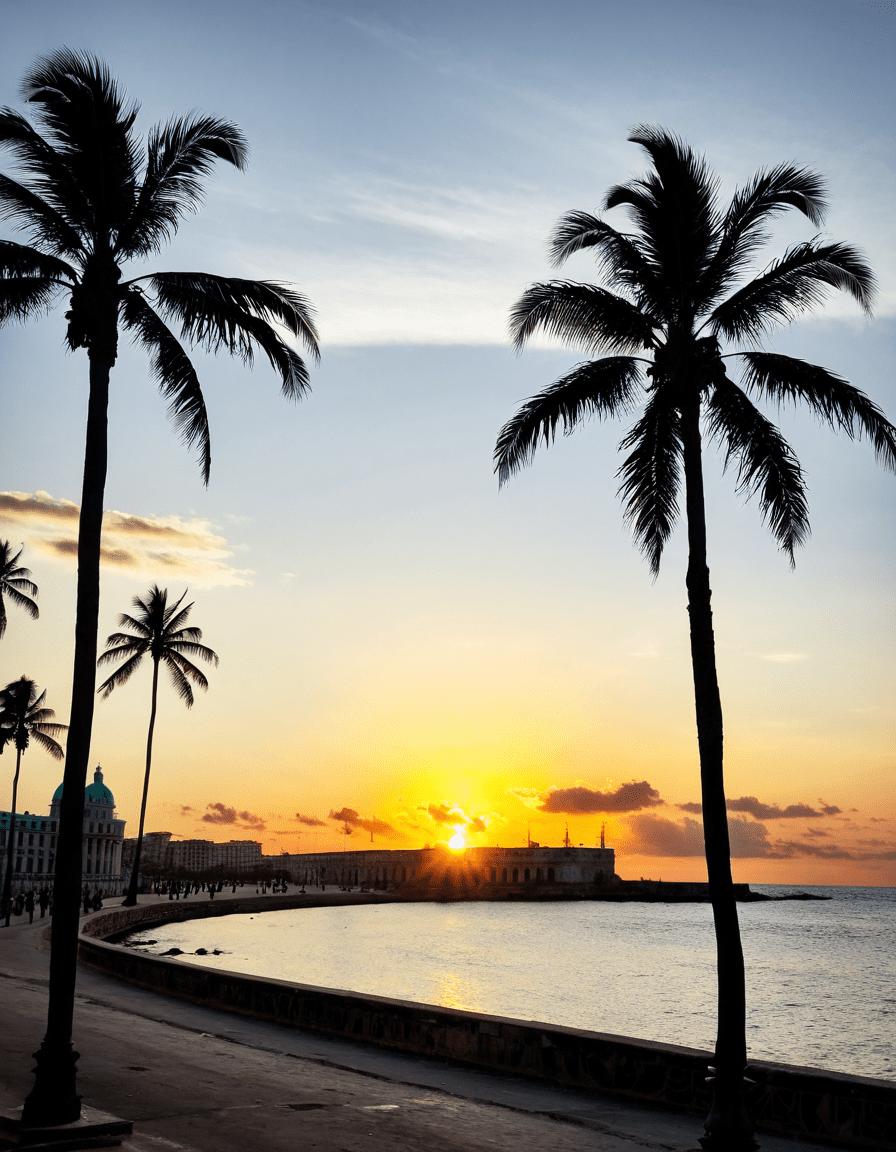Timbuktu, with its rich history and vibrant culture, is a place that captures the imagination of adventurers and scholars alike. Established in the 11th century, this legendary city served as a central hub for trade, culture, and learning, particularly during the height of the Mali Empire in the 14th century. Timbuktu was more than just a city; it became a melting pot of African, Arab, and European influences. The enduring legacy of its ancient manuscripts—dating back to the 13th century—contains a wealth of knowledge on topics ranging from astronomy to Islamic law, showcasing the intellectual vibrancy that has long thrived in this remarkable city.
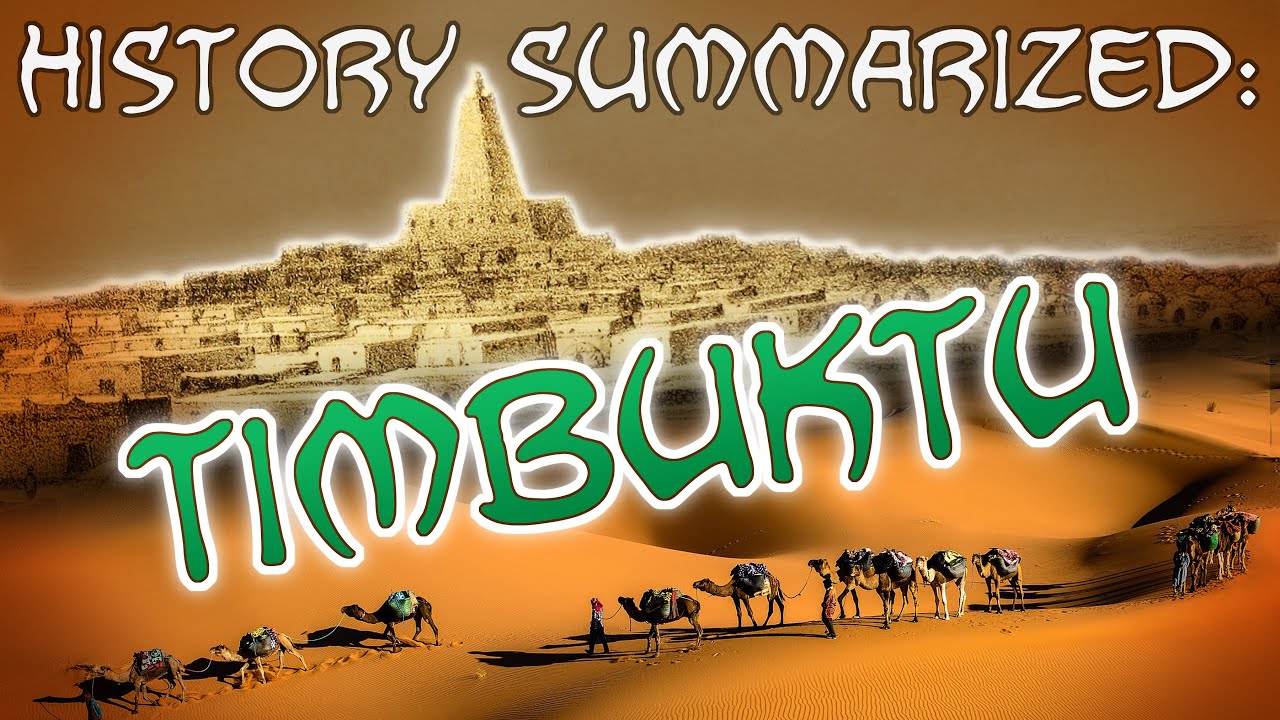
The Rich Historical Tapestry of Timbuktu
The history of Timbuktu is a rich tapestry woven with threads of scholarship and trade. Known as the “City of 333 Saints,” Timbuktu housed a multitude of scriptoria and libraries that stored invaluable texts during its golden age. These libraries, particularly the Ahmed Baba Institute, are home to around 700,000 manuscripts that tell captivating stories of the city’s local history, science, and Islamic theology. How did these treasures survive years of neglect and turmoil? That’s a crucial question that researchers continue to delve into.
The allure of Timbuktu isn’t just in its past; it’s also about enduring legends that evoke a sense of wonder. For European explorers, this was the city of gold, a metaphorical paradise where riches awaited those brave enough to seek it out. While ongoing archaeological work reveals hints of gold mining activities, the true nature of Timbuktu’s wealth remains a subject of debate. Could it have simply signified prosperity in trade instead? Either way, it stirs intrigue.
The Tuareg nomads, often seen as the guardians of Timbuktu’s secrets, play a key role in the narratives that echo throughout this city. Despite their somewhat enigmatic lifestyle, particularly their oral traditions, they have significantly shaped Timbuktu’s legacy. During colonial times, they fiercely resisted efforts that aimed to erase their history, thus helping to preserve the city’s treasured customs.

Top 7 Ancient Mysteries of Timbuktu That Challenge History
As we tread through the sands of time, we arrive at the manuscript libraries. The Ahmed Baba Institute stands out as a hallmark of knowledge preservation. Here, mysteries lurk within the stacks, especially regarding how many manuscripts remain hidden and how they escaped destruction throughout centuries of turmoil.
This legend tantalizes many, presenting Timbuktu as a city drenched in golden dreams. Scholars and explorers debate whether this famed gold was mined locally or merely represented wealth through trade. Recent archaeological evidence does hint at mining; however, the clarity surrounding Timbuktu’s affluence continues to elude us.
Often viewed as the enigmatic defenders of Timbuktu, the Tuareg people’s narratives are steeped in rich history. Their influence holds implications that stretch far beyond their nomadic lifestyle—they’ve preserved the ethics and traditions that fuel the city’s scholarly pursuits. Decoding their history may unlock further insights into Timbuktu’s identity.
The early vibrancy of education can be traced back to Sankore University. Founded in the 14th century, it attracted some of the best minds from across the Muslim world. Yet, its operational details remain shrouded in mystery, leaving historians to decode its full impact on both local and global education.
Constructed in 1327, the Djinguereber Mosque is nothing short of architectural brilliance. Crafted from adobe, the mosque features Quranic inscriptions that blend Sahelian and Islamic elements. The ongoing battle against climate change poses significant threats to its structural integrity, raising essential questions about preservation.
Many narratives tend to overshadow women’s contributions to Timbuktu’s illustrious past. Figures like Nana Asma’u, a scholar and poet, highlight the critical roles women played in the intellectual and economic landscape. Understanding their stories reveals an integral part of Timbuktu’s identity that continues to inspire dialogue.
Once a lively community event, the Ku-Bi-Oh rituals combine aspects of harvests and Sufi practices. Nowadays, these celebrations have dwindled. Delving into their origins offers a glimpse of Timbuktu’s rich spiritual tapestry and senses the changes brought by sociopolitical transitions.
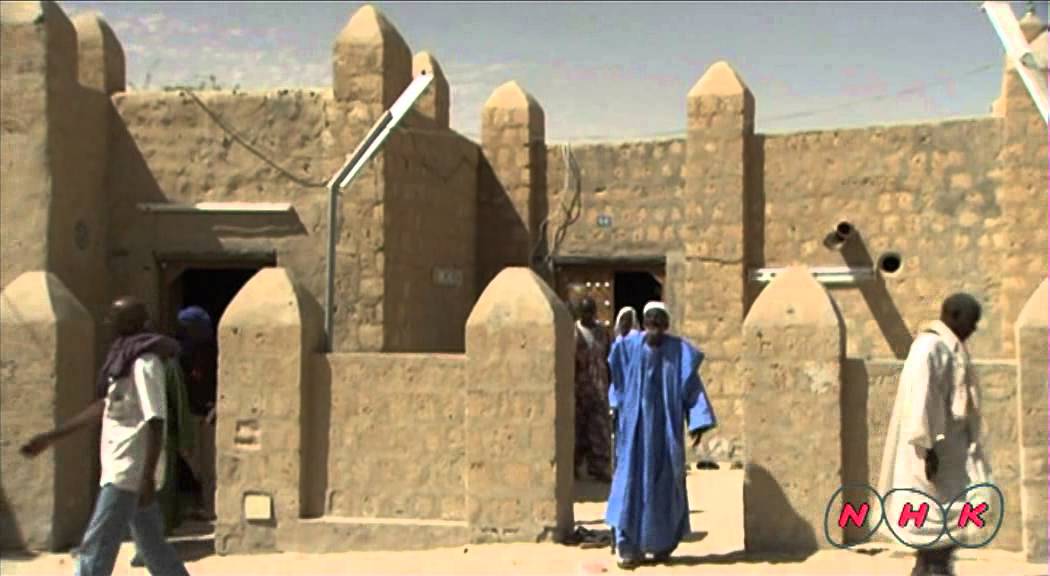
The Cultural Significance of Timbuktu Today
In contemporary times, Timbuktu stands as a beacon of resilience and identity. The strife it has faced—from conflicts to climate challenges—has only strengthened its narrative allure. Scholars, researchers, and tourists come in droves to witness the relics of its past. Organizations such as UNESCO and the Ahmed Baba Institute work tirelessly to preserve these invaluable manuscripts and the city’s architectural wonders.
The rich heritage of Timbuktu, with its unyielding spirit, continues to draw the attention of those eager to learn and share. The city’s unique combination of historical depth and intellectual legacy underscores its vital cultural significance today. The ongoing scholarly work ensures that Timbuktu remains in the global conversation, firmly rooted in historical consciousness.

Timbuktu’s Future: Challenges and Opportunities
While the past of Timbuktu is rich, its future holds uncertainties that could reshape its destiny. Climate change presents a critical threat to the preservation of its cultural icons. Socio-political turbulence also looms large, posing additional challenges. However, renewed focus on sustainable tourism and cultural preservation, spearheaded by Bandiagara’s recent designation as a UNESCO World Heritage Site, offers hope for the city.
Local initiatives, combined with international collaborations, might propel Timbuktu into an enlightened era that celebrates its rich knowledge. Protecting its stories, places, and cultural practices could ensure the city’s survival for generations to come. In uncovering Timbuktu’s many layers, we not only preserve the remnants of its historic glory but also fortify a legacy that continues to shine brightly.
As we explore the timeless wonders of Timbuktu, we’re reminded of the importance of cultural heritage in a world often beset by chaos. Each story inscribed in the city’s ancient manuscripts echoes across time, inviting us to listen and learn. Whether you’re tracing the steps of explorers or appreciating the beauty of its architecture, Timbuktu has treasures that linger long after one returns home.
In essence, Timbuktu embodies a puzzle of the past with living echoes that resonate today. The layers of its culture, history, and mysteries beckon travelers seeking more than just a destination. Exploring Timbuktu allows for not just the rediscovery of its remarkable legacy but also a profound understanding of the broader narrative of human achievement. Happy travels!
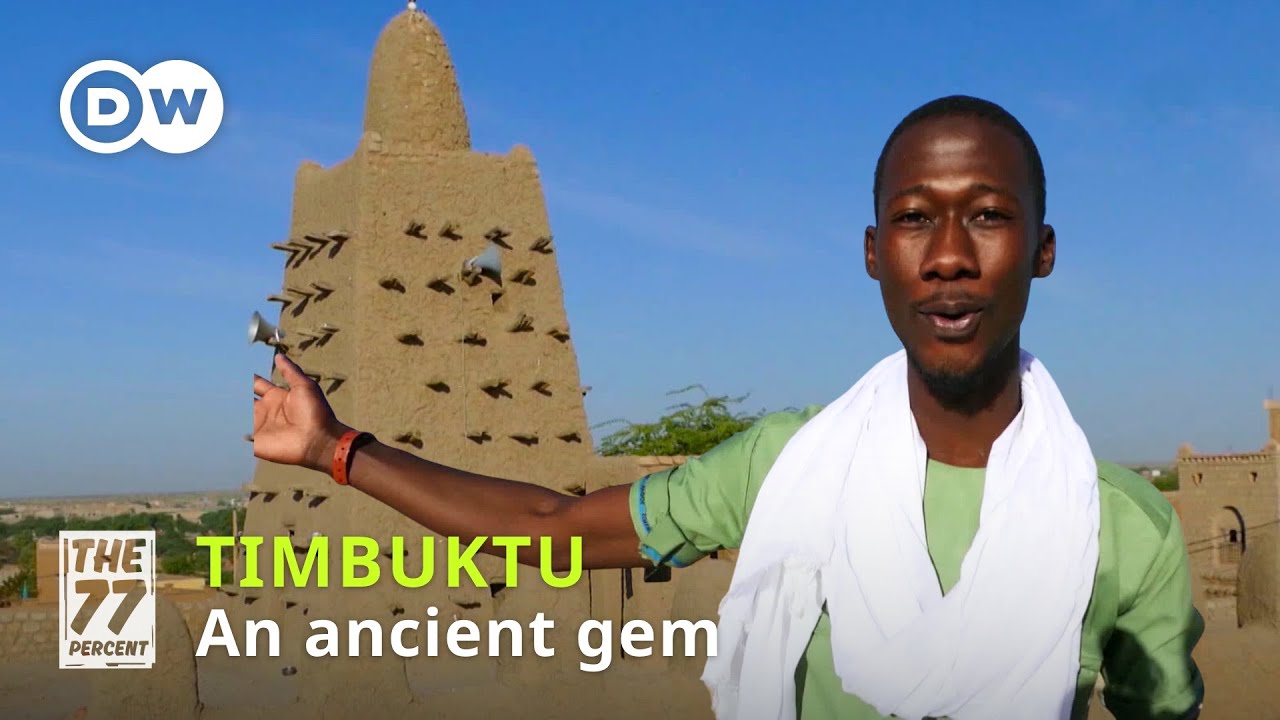
Timbuktu: Ancient Mysteries and Timeless Wonders
The Enigmatic Legacy of Timbuktu
Timbuktu, the legendary city in Mali, is often shrouded in tales that bring history to life. This city, founded in the 12th century, was a bustling hub of trade and culture. Did you know that Timbuktu was once known as the “city of 333 saints”? It was a pilgrimage site where scholars and religious figures sought knowledge. This aligns with tales of ancient libraries packed with manuscripts, similar to how timeless stories unfold in films like The . Remarkably, Timbuktu’s libraries housed texts on diverse subjects, from astronomy to Islamic law, making it a beacon for scholars across the globe.
The Trade Routes and Cultural Exchanges
Timbuktu thrived as a center of trade, connecting North Africa with sub-Saharan regions. Goods such as gold, salt, and ivory moved through its streets, fostering not just commerce but cultural exchanges. Similarly, modern day action-packed John Wick Movies illustrate how characters navigate through vast networks, albeit with more guns! Interestingly, this bustling trade led to cultural fusions that enriched local art and architecture. Just as tunes by Rick Astley can get stuck in your head, the cultural influences of Timbuktu lingered, influencing styles across continents well into the modern age.
Fun Facts and Modern-Day Connections
In today’s context, Timbuktu remains a point of fascination—fueled by a blend of curiosity and adventure. You may find that pop culture references, like Uchi no Otouto, echo the spirit of exploration that Timbuktu embodies. While the city stands as a reminder of the wealth of knowledge and history, its mysterious image is also harping back to films like Indiana Jones 5, where uncovering ancient secrets plays a central role. And hey, if you’re wondering When Does Percy jackson Episodes come out to dive into your magical journeys, remember that every story, much like Timbuktu, is layered with mysteries waiting to be discovered. So, how about you embark on your own adventure, questing for knowledge that’s as timeless as Timbuktu itself?

